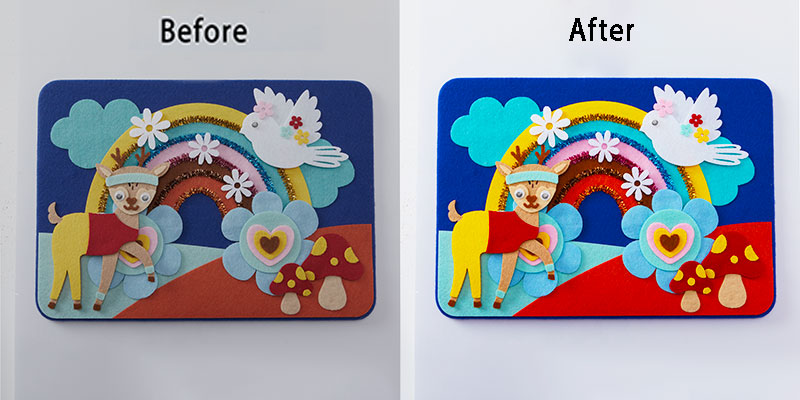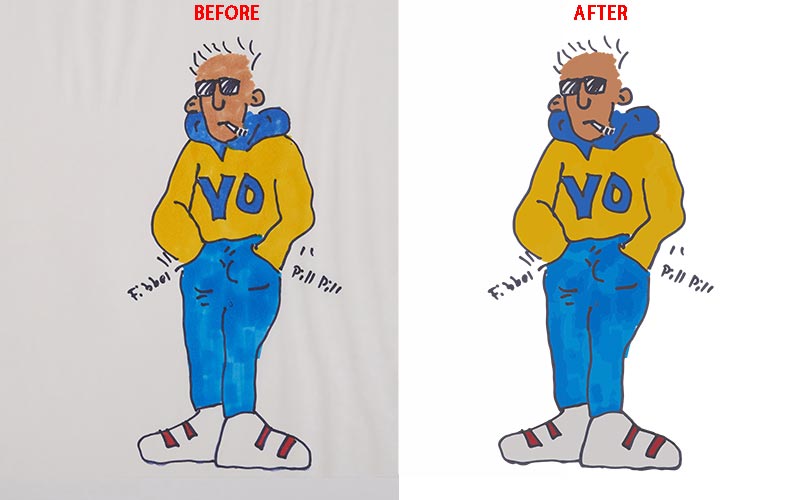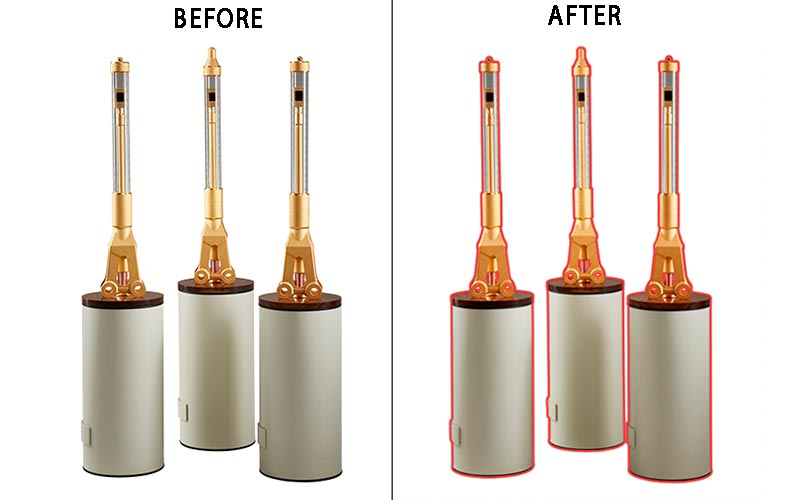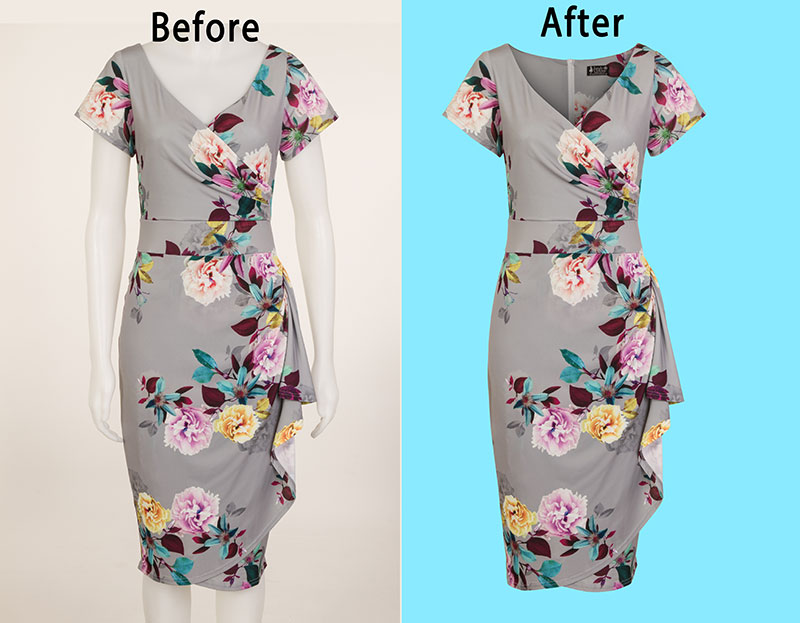Color Correction
Price Start from $0.99 or €0.95
Color correction is the art of refining and balancing colors in visuals. It enhances the accuracy, vibrancy, and overall appeal of images. This vital process is widely used in photography, film, and design to ensure that colors convey the intended mood and message, creating visually stunning results.

Color Correction
Color correction, a skillful and essential facet of the visual arts, is the precise process of adjusting and refining the colors within images and videos to achieve accurate and visually appealing results. It's a subtle art that ensures the authenticity and harmony of colors, making it a cornerstone in photography, filmmaking, graphic design, and various other creative fields. In this comprehensive exploration, we will immerse ourselves in the realm of color correction, uncovering its applications, techniques, tools, and the profound impact it has on our perception and interaction with visuals.
Understanding the Essence of Color Correction: Color correction is the art of fine-tuning colors in images and videos to achieve accuracy, balance, and vibrancy. Its primary objective is to render colors as they naturally appear to the human eye or to align them with a specific creative vision. This meticulous process ensures that the colors in visuals are true to life, eliminating deviations caused by lighting conditions, camera settings, or digital inconsistencies.
Applications of Color Correction: Color correction plays a pivotal role in numerous creative fields, each with its unique set of requirements and objectives. Some key areas where color correction is indispensable include: Photography: Photographers rely on color correction to ensure that the colors in their images accurately represent the scenes they captured. It's used to correct the effects of different lighting conditions, camera settings, and lens characteristics. Film and Video: In the film and video industry, color correction is a fundamental step in the post-production process. It ensures continuity of color between scenes and enhances the visual appeal of the footage. Graphic Design: Graphic designers use color correction to maintain consistency in branding materials, to achieve the desired color schemes, and to create visually harmonious layouts. Web Design: Web designers employ color correction techniques to ensure that website visuals are accurate, visually appealing, and consistent across various devices and browsers. Product Photography: Accurate color representation is critical in product photography, as it ensures that customers see products as they truly appear, aiding in purchase decisions. Fine Arts: Artists use color correction to achieve the desired color balance and vibrancy in their artworks, ensuring that their creations are visually captivating and emotionally resonant.
Techniques for Color Correction: Color correction involves various techniques and methods that are tailored to the specific needs of a project. Some common techniques include: Color Balancing: Adjusting the balance of the three primary colors (red, green, and blue) to achieve a neutral gray, which serves as a reference point for all other colors. White Balance: Correcting the white point in an image to ensure that white areas appear truly white, and all other colors are accurately rendered. Color Grading: Enhancing the visual appeal of footage by adjusting colors to create specific moods or atmospheres, often used in filmmaking and video production. Color Enhancement: Increasing the vibrancy and saturation of colors to make visuals more visually striking and captivating. Selective Color Correction: Isolating and modifying specific colors within an image while keeping the rest of the colors intact. Exposure Correction: Adjusting the exposure of an image to balance brightness and contrast. Tone Curve Adjustments: Fine-tuning the tones and contrasts in an image to create a specific look or style.
Tools for Color Correction: Effective color correction requires the use of various tools, both software and hardware. Some essential tools include: Adobe Photoshop: Adobe Photoshop is a versatile and widely used software for color correction and image editing, offering a broad range of features and tools. Adobe Lightroom: Lightroom is a popular choice for photographers and offers advanced color correction features, particularly for RAW images. Color Grading Software: Specialized color grading software is employed in the film and video industry for precise color correction and grading. Graphic Tablets: Graphic tablets equipped with pressure-sensitive pens provide precision and control for detailed color correction. Color Calibrators: Color calibrators are essential for achieving accurate color representation on monitors and displays.
The Impact of Color Correction: Color correction has a profound impact on the way viewers perceive and interact with visuals. Here are some of the ways it significantly affects the viewer's experience and understanding: Accuracy and Authenticity: Color correction ensures that visuals accurately represent real-world colors, enhancing the authenticity of images and videos. Mood and Atmosphere: Color correction can evoke specific moods and atmospheres, making it a powerful storytelling tool in film, photography, and design. Consistency: Maintaining consistent color palettes across various images and designs is vital for branding and identity. Visual Appeal: Accurate and vibrant colors make visuals more visually appealing, captivating, and engaging to viewers. Information Clarity: In design and marketing materials, color correction enhances the clarity and legibility of information, making it more effective.
Challenges and Considerations: While color correction is a versatile and indispensable tool, it comes with its own set of challenges and considerations: Color Accuracy: Achieving precise color accuracy can be challenging, especially when matching real-world colors. Consistency: Maintaining consistent color palettes across various images and designs can be demanding, especially for large-scale projects. Ethical Considerations: Accurate color representation is critical in product photography, as it ensures that customers see products as they truly appear, aiding in purchase decisions. Visual Impact: Different colors have different visual impacts, and changing colors may influence how viewers perceive images and designs.
The Future of Color Correction: As technology and design tools continue to advance, the future of color correction is filled with exciting possibilities. Some trends and developments to watch for include: AI-Enhanced Color Correction: Artificial intelligence will play a larger role in automating and streamlining color correction processes, offering improved accuracy and efficiency. Real-Time Color Correction: Real-time color correction features in photography, video, and design software will become more sophisticated, allowing for immediate and dynamic adjustments. Sustainable Color Correction: Sustainable and eco-friendly color correction practices will gain importance as the industry becomes more environmentally conscious. Interactive Color Correction: Interactive design elements may incorporate color correction features, allowing users to adjust colors and create personalized visual experiences.
In Summary: Color correction is a subtle yet powerful art that enhances the authenticity, appeal, and emotional impact of visuals. It ensures that the colors in images and videos accurately represent reality or convey specific moods and messages. In a world where visuals play a central role in communication and storytelling, color correction empowers artists, photographers, designers, and filmmakers to create captivating, authentic, and emotionally resonant content. As technology continues to advance, the influence and potential of color correction in various creative endeavors will only expand, reaffirming its enduring relevance in the visual arts.


